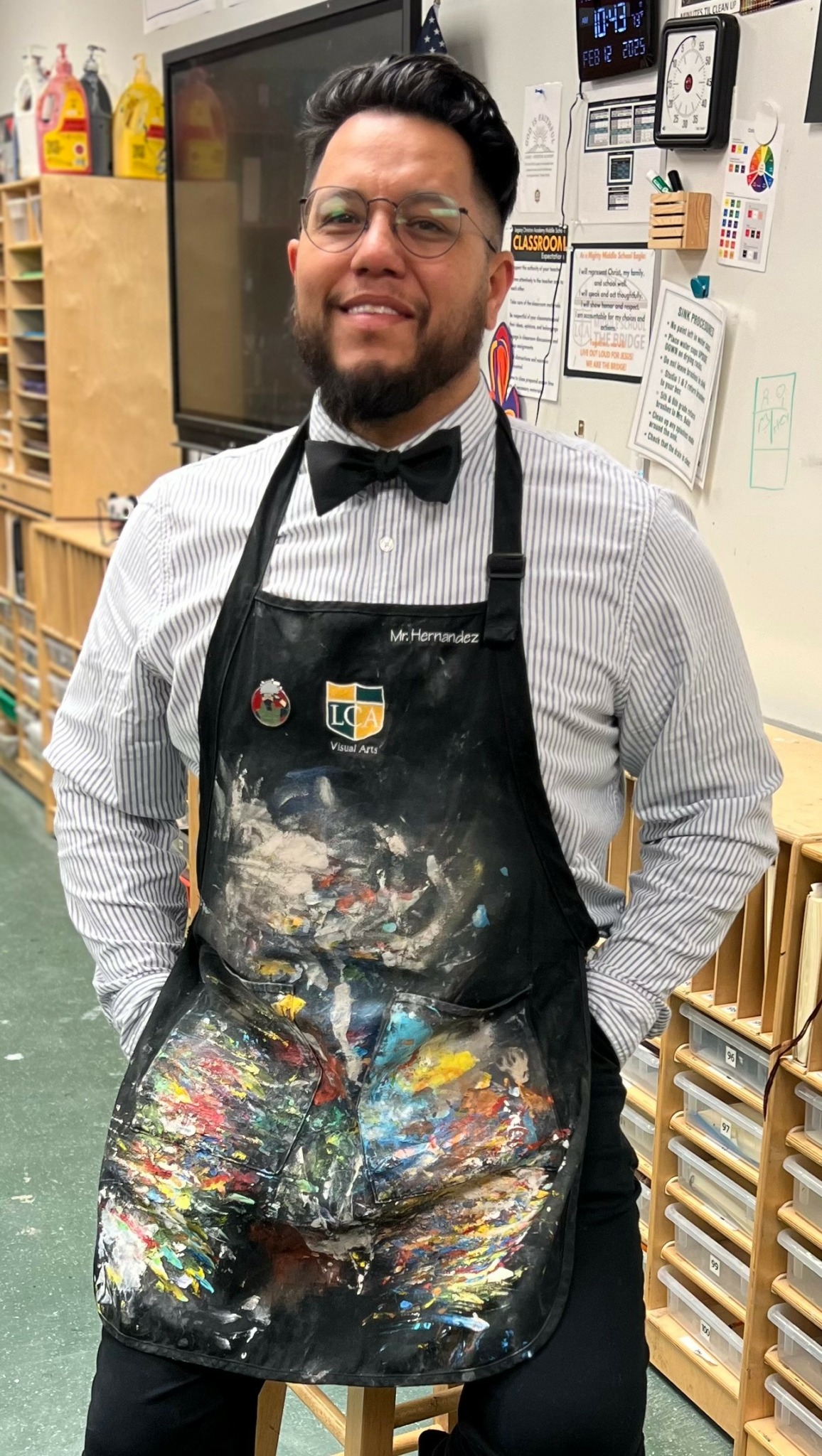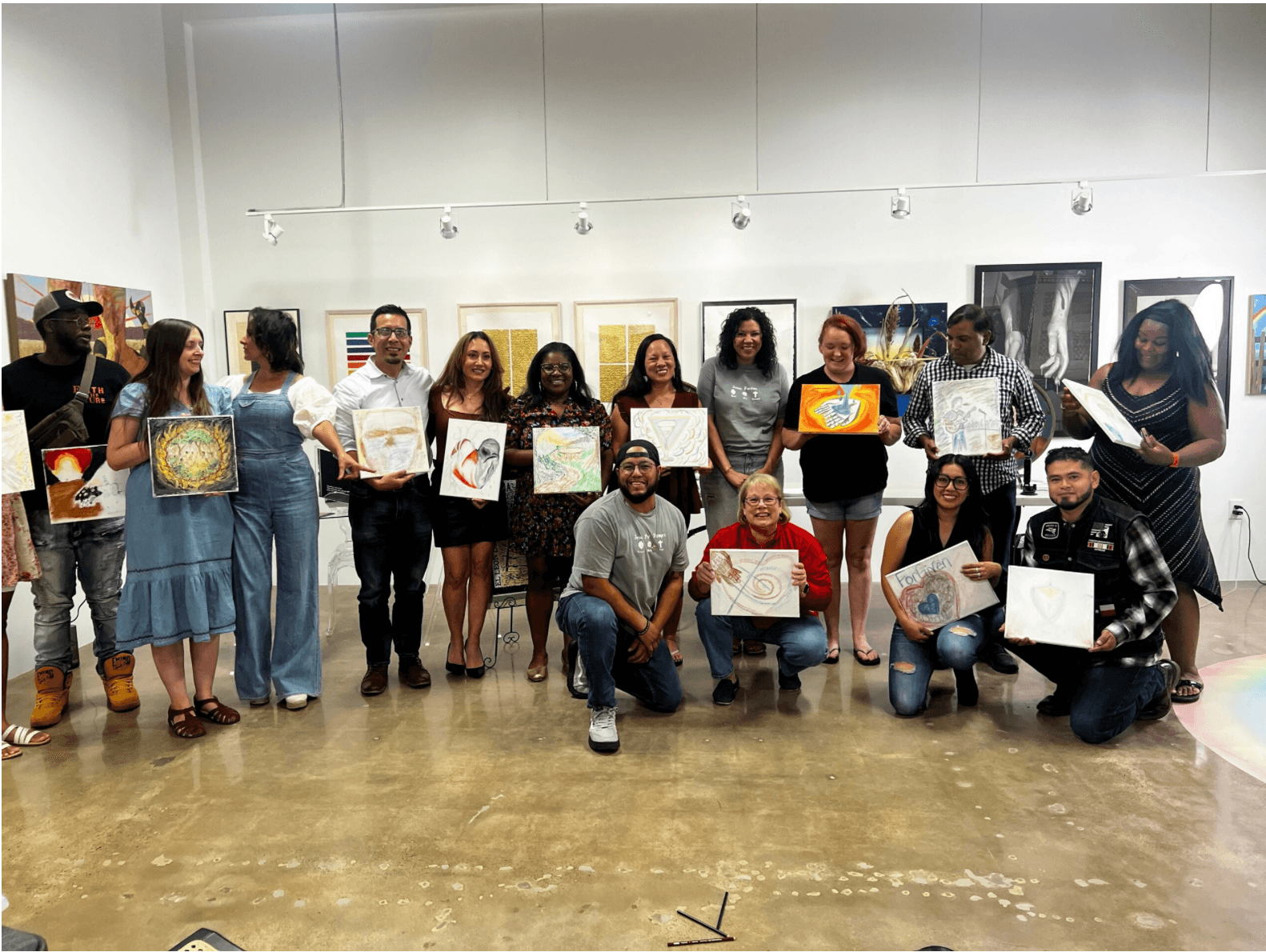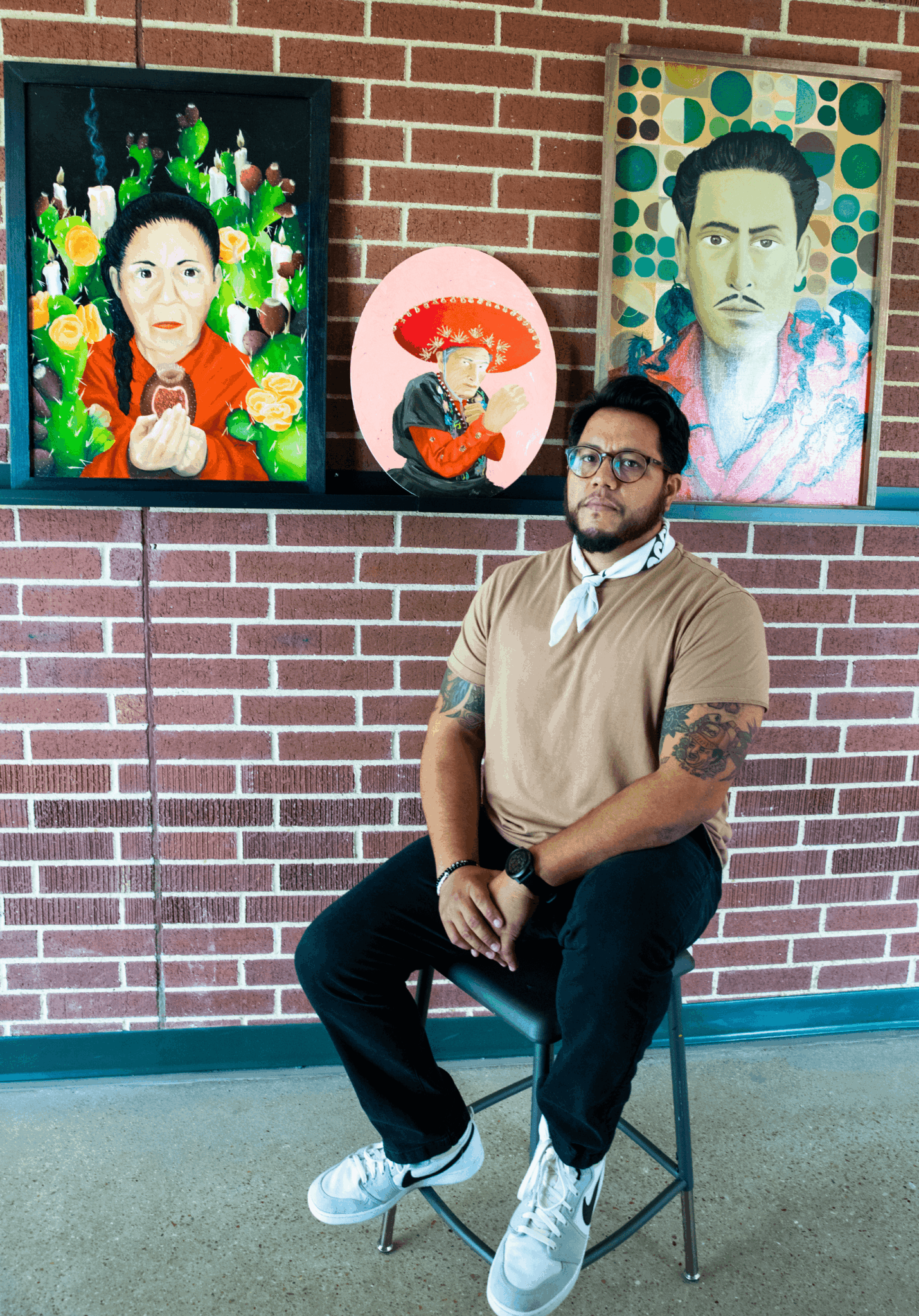We’re excited to introduce you to the always interesting and insightful Mark. We hope you’ll enjoy our conversation with Mark below.
Mark , appreciate you joining us today. It’s always helpful to hear about times when someone’s had to take a risk – how did they think through the decision, why did they take the risk, and what ended up happening. We’d love to hear about a risk you’ve taken.
The biggest risk I’ve ever taken was going to college.
To many, that might not sound like a risk at all—but for me, it was everything.
I come from a family of immigrant workers. My parents came to the United States to work in the fields. They were just teenagers when they had me—my mother was 15, and my father was 16. Both dropped out of school to provide for me and, eventually, my four siblings. Life was hard. By the time I was 16, my father had started grooming me to help him in his drug-dealing business. At 17, after he left our family, I was driving six hours to deliver money across the Mexican border—all to be the obedient son I thought I had to be.
Then one day, everything changed. We got a call that the cartel was holding my father for ransom. They wanted money we didn’t have. And just like that, he was gone.
Suddenly, I had three choices:
Stay in my hometown and help my mom work at the local meat processing plant.
Continue down the dangerous path my father had started me on.
Take a leap of faith—follow the guidance of a kind family that took me in and pushed me toward something I never imagined for myself: college.
I was terrified. No one in my family had ever gone to college. I didn’t know if I belonged there—or if my mom could survive without me helping out. But with the relentless encouragement of my mentor family, and what I believe was God’s grace, I chose the third option.
College was nothing like I expected. I was a poor Mexican kid surrounded by students who came from wealth and privilege at a private university. I felt like I didn’t belong—but that challenge became my turning point.
It was in that unfamiliar, intimidating space that my life began to transform.

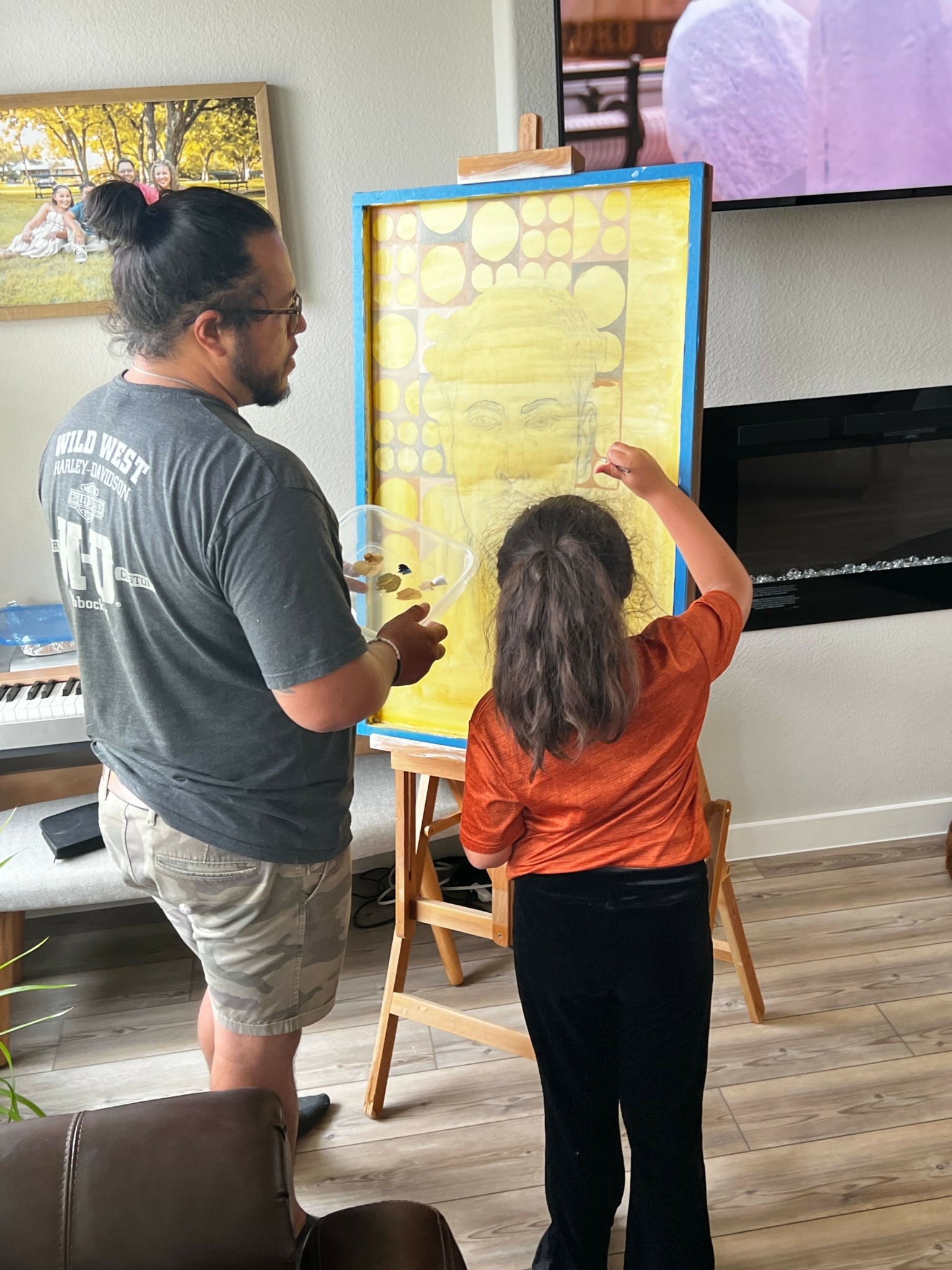
Mark , love having you share your insights with us. Before we ask you more questions, maybe you can take a moment to introduce yourself to our readers who might have missed our earlier conversations?
1. For those who may not be familiar with you yet, can you start by telling us a bit about yourself and your background?
My name is Mark Hernandez, and I’m a first-generation Mexican American. I’m an artist who happens to teach, and my heart is centered on using art to tell stories—stories about my culture, my faith, and my community. Everything I create is rooted in identity and meant to spark conversation, healing, and connection.
2. How did you first get into your industry, business, discipline, or craft? What inspired you to pursue this path?
For me, it all started with the realization that I had the ability to visually express the stories I felt in my heart. I was inspired by artists like Diego Rivera, David Alfaro Siqueiros, and José Guadalupe Posada—men who used their art to speak boldly about their people, their culture, and their convictions. That legacy of storytelling through art is what lit the fire in me. A college professor inspired me to continue into my gifting as I accurately drew science diagrams anatomic drawings.
3. Can you describe the types of products, services, or creative work you offer? What can people expect when they work with you or engage with your brand?
I’m a multidisciplinary artist working across several mediums—painting in various styles, ceramics, metal sculpture, and some digital design. People can expect to see vibrant colors, powerful symbolism, and stories that are raw, real, and deeply relevant. Whether it’s a commissioned piece or an exhibition, my work always seeks to engage, challenge, and inspire.
4. What kind of problems do you help your clients or audience solve? Who do you serve, and how do you make a difference in their lives?
I aim to serve my community by offering perspective—especially when it comes to issues that are often silenced or ignored. For example, this September I’m curating an exhibition at Artes de La Rosa in Fort Worth, Texas called “Sentimientos del Macho.” It addresses the stigma and generational curse that says Latino men shouldn’t feel or show emotion. The show features male artists from different generations who are breaking free from the chains of machismo, sharing their own stories of struggle, healing, and success. I am also constantly volunteering in the community both with my time and my art.
5. In a space that can be competitive or crowded, what do you think sets you apart from others doing similar work?
What sets me apart is my love for collaboration. I genuinely believe that when we come together as a community—especially around causes that are bigger than any one person—we create space for healing and for answers to the hard questions. It’s not just about the spotlight. It’s about transformation.
6. Looking back on your journey, what are you most proud of so far?
I’m most proud of discovering who I am through my culture. There was a time when I was ashamed of being Mexican, but that changed thanks to an incredible professor and strong woman, Maria Elena Perez. She helped me see the beauty of my identity. That dark valley in my life became the foundation of my voice as an artist. It gave me depth, pride, and a unique understanding of the power of self-worth.
7. What are the core values or messages behind your brand or your work? What do you hope people take away from connecting with you?
There are three key things I hope people see in my work:
a) My love for people,
b) My deep concern for mental health and the need to break glass ceilings and stereotypes, and
c) That every person’s story matters and deserves to be told.
8. What’s something you wish more people knew about you, your journey, or the mission behind what you do?
I wish more people understood how important my journey has been. I want others to see that your circumstances don’t define your outcome. Where you start doesn’t determine where you end up. I’m living proof of that.
9. What’s next for you? Are there any upcoming projects, goals, or dreams you’re working toward that you’re excited to share?
I have several exhibitions coming up across the DFW area, and I’m working on collaborative projects that take on difficult but necessary topics. My dream is for “Sentimientos del Macho” to travel—not just throughout Texas, but across the U.S.—to open up conversations about Latino male mental health, which is more urgent than ever.
I’m also developing a new series called “Provisions,” which will feature 15 sculptures and paintings that reflect how I’ve seen God provide for me in the most unexpected ways. Each piece is deeply personal and a testament to faith, survival, and grace.
10. How can people connect with you or learn more about your work?
You can connect with me on:
Facebook: @Mark Hernandez
Instagram: @markhernandez_finearts
Website: www.markhernandezfinearts.com
Email (for commissions or inquiries): [email protected]
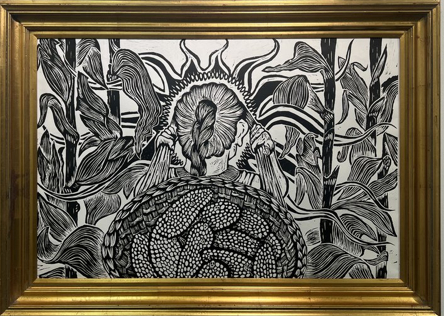
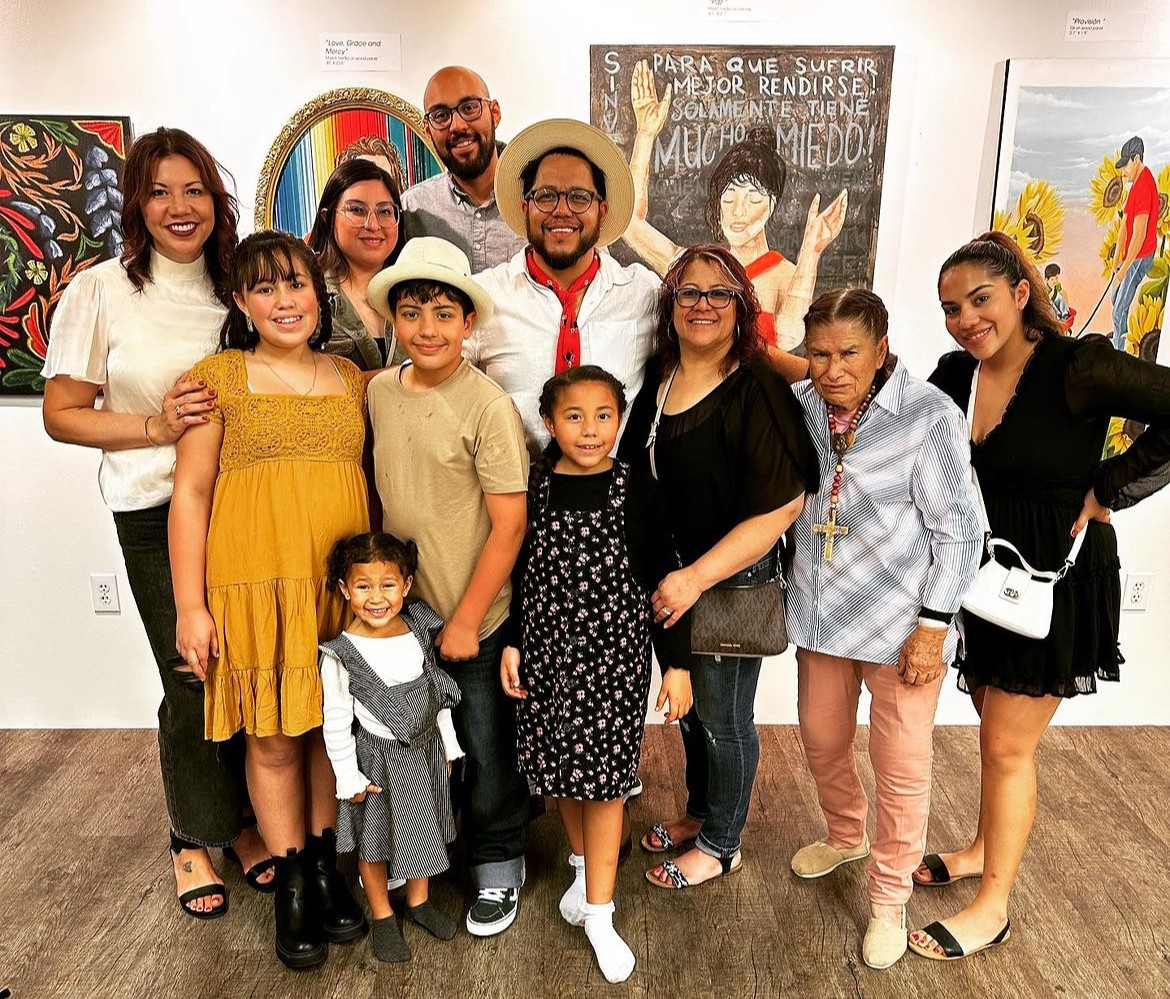
What’s a lesson you had to unlearn and what’s the backstory?
One of the hardest lessons I had to unlearn was the idea that feeling emotions—especially as a man, and more specifically as a Latino man—was a sign of weakness.
Growing up, I was surrounded by the unspoken rule that men don’t cry, don’t show fear, and definitely don’t talk about what’s going on inside. That silence became normal, and I wore it like my natural skin. But that same skin started to grow thick and callused. Over time, it wasn’t protecting me—it was isolating me.
I hit a point in my life where everything felt heavy. I was surrounded by expectations, pressures, past trauma, and the belief that I had to be strong for everyone else. But inside, I was falling apart. I slipped into depression, and instead of reaching out, I buried it.
The breakthrough came when I finally allowed myself to be honest—not just with others, but with myself. I started to talk about what I was feeling. I went to get processional mental health and I let go of the guilt that came with being vulnerable. And I realized that true strength isn’t about silence. It’s about showing up as you are, even when you’re struggling. It’s about feeling deeply and choosing to keep going anyway. It’s about submitting yourself to God even when you don’t believe.
Unlearning that old lesson—that emotions make you weak—was painful but powerful. It’s the reason I now use my art to tell stories that challenge toxic masculinity, especially within the Latino community. It’s why my upcoming exhibition “Sentimientos del Macho” means so much to me. Because I know firsthand what it’s like to live behind that mask—and I know how life-changing it is to finally take it off.
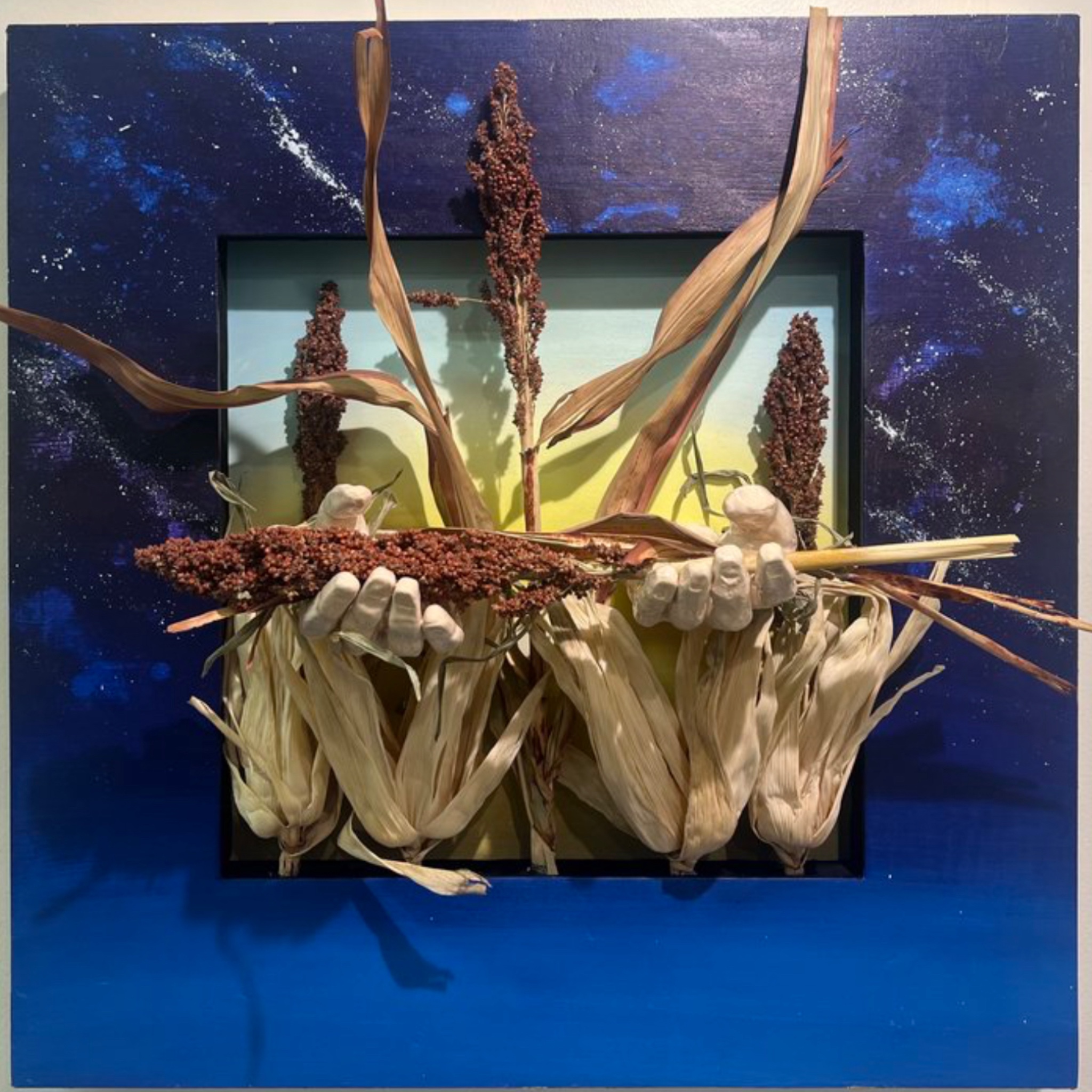

Is there mission driving your creative journey?
Absolutely. My creative journey is driven by a deep desire to tell stories that matter—especially the ones that often go unheard.
As a first-generation Mexican American, I carry with me the weight of my ancestors’ struggles and the responsibility to honor their resilience. My mission is to use my art as a bridge—connecting generations, sparking conversations, and challenging cultural norms that have kept us silent for too long.
I create to shed light on the beauty, complexity, and pain of my culture. I create to give voice to mental health issues that are still taboo, especially among Latino men. I create to break stereotypes, to invite healing, and to affirm that vulnerability is not weakness—it’s courage.
Whether it’s through murals, ceramics, sculpture, or digital work, every piece I make is layered with personal truth, cultural pride, and spiritual faith. I want people to see themselves in the work. I want them to feel seen, valued, and empowered to tell their own story too.
My ultimate goal is simple, but profound: to use creativity as a tool for transformation—within myself, within my community, and, hopefully, across generations.
Contact Info:
- Website: https://markhernandezfinearts.com
- Instagram: markhernandez_finearts
- Facebook: Mark Hernandez
